
Pilates for Rehabilitation: What You Need to Know
Nothing feels more debilitating than getting injured. At first, you can feel defeated due to the ‘inconvenience’ it harks on your plans and lifestyle. On the flip side, it could be the start of a tremendous journey of re-discovery, new plans, and strength not yet experienced before.
Studies have shown that Pilates is effective for rehabilitation; it can reduce pain and disability. Pilates for rehab is showing up more and more in physiotherapy clinics and hospitals worldwide; so much that the major Pilates training schools offer specialized programs for PT’s (physiotherapists) and medical professionals. PT’s are establishing relationships with Pilates teachers in an effort to take the clients' healing further. The beauty of Pilates is that it can take the individual from the early stages of rehab to the long term goal of a conditioned and fully functioning body.
What Causes Injuries?
In general, there are two ways in which injuries occur. An acute injury is a single blunt force or a traumatic event such as a fall or collision that can result in fractures, dislocations, breaks, or sprains. Overuse injuries are usually subtle and occur over time from misalignment, poor form, and/or repetitive movements that cause an imbalance in the body. Muscular imbalances, poor posture, and poor walking, running, or sitting technique increases the load on the joints making it susceptible to strains, pulls, and tears.
We’ve all heard of (or know someone) who was perfectly fine, bent over and couldn’t get back up, or reached their arm overhead and it was stuck there. What happened?
What happened was an injury waiting to happen.
Many weekend warriors that primarily sit all week and then go hardcore with an extreme sport and no cross-training end up with injuries. The most common injuries are to the wrist, back, shoulder, hips, and knees. Pilates is an excellent way to prepare the body for everyday activities as well as for sports or other strenuous forms of exercise. It aids with injury prevention as well as rehabilitation after an injury.
Why Pilates?
Pilates is the go-to method for rehabilitation and recommended by PT’s and doctors due to its therapeutic nature. It’s a whole-body exercise that promotes agility, strength, and good posture. A healthy body requires both mobility and stability and Pilates meets those needs. Pilates exercises can be modified to meet the injured clients' needs in their current state. If the injured client is in acute pain there are plenty of exercises/modifications to work around the affected area creating strength and support (both globally and locally).
Pilates can alleviate aspects of the psychological toll an injury places on an individual. It is not a mindless exercise. It asks the client to connect the mind and the body - it requires self-responsibility. As a result, the injured client feels they play an integral role in their healing. There is a level of satisfaction as one progresses, especially as a whole.
Can Pilates Prevent Injuries?
There is no absolute guarantee that Pilates or any form of exercise is going to prevent an injury -- if it’s fate for you to have an accident, it’s likely you’ll sustain some type of injury. With that said, the degree to which you’re injured and how you recover can be vastly more positive over someone who is completely sedentary and disconnected from their body.
A consistent Pilates practice gives you strength from the inside out. It aligns and balances the musculature of the body, increases bone density, and improves balance and range of motion. Pilates enhances proprioception, (knowing/sensing where you are in space) which improves self-awareness. All of this equals a body with improved reflexes and balance which in turn aids in preventing falls and/or injuries that stem from overuse or repetitive actions.
What's the Difference Between Pilates and Conventional Exercise for Rehabilitation?
While a lot of conventional exercise focuses on weight loss or gain and either high repetitions or heavy weights, Pilates for rehab focuses on the needs of the individual. Emphasis is placed on adequate mobility throughout the whole body in an effort to then increase strength through stability. Pilates for rehab strengthens the weak areas of the body bringing balance and functionality. Pilates is a short and long term solution - it will safely improve upon your current state while gradually preparing you for more challenging movements.
Pilates can be modified to non-weight-bearing or add load depending on the injury, weakness, or pain. Because it is a whole-body system, Pilates looks at how the whole body supports a joint. PA teacher Alan Herdman will strengthen the hamstrings, then the inner thighs to provide support for a knee injury. Sherri Betz looks at what’s happening in the hip and/or ankle when there is any knee pain and strengthens the legs in preparation for everyday activities.
Pilates is founded in its principles, including (but not limited to) breathing, concentration, flow, and precision to emphasize the quality of movement. There is an ‘old school’ attitude that once injured, one must only rest, however, stagnation is detrimental to overall health. The body needs to keep moving and Pilates for rehab allows this in a gradual and safe manner. Conventional forms of exercise and even therapy can be too strenuous for the injured individual.
It’s important that you find a qualified Pilates instructor with training and experience for dealing with injuries and rehabilitation. When injured, the conventional Pilates repertoire is not suitable as modifications are necessary.
Overall, Pilates with a qualified instructor is a safe and progressive method on the journey of rehabilitation.
For more details and classes specifically designed for individuals with injuries please check out any of the related videos.
Comments
No comments yet. Be the first!
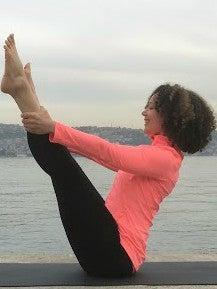
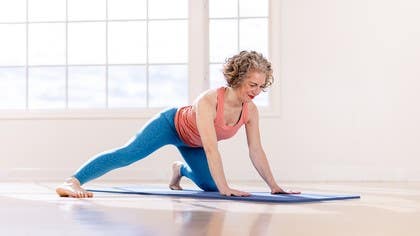
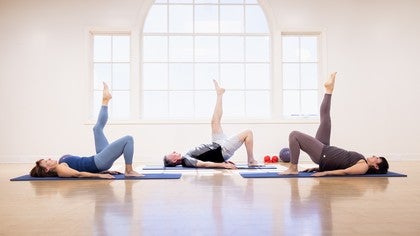

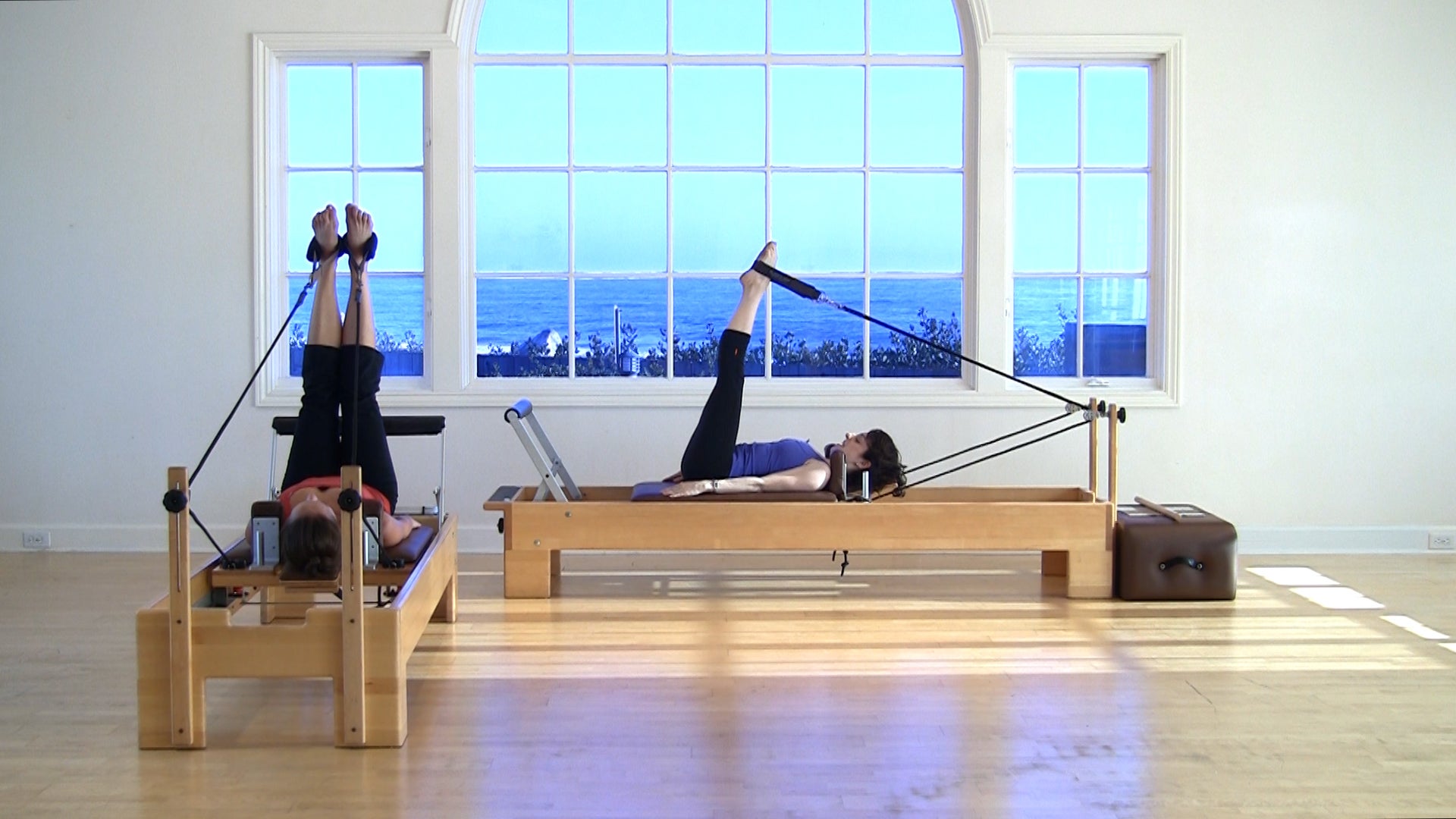
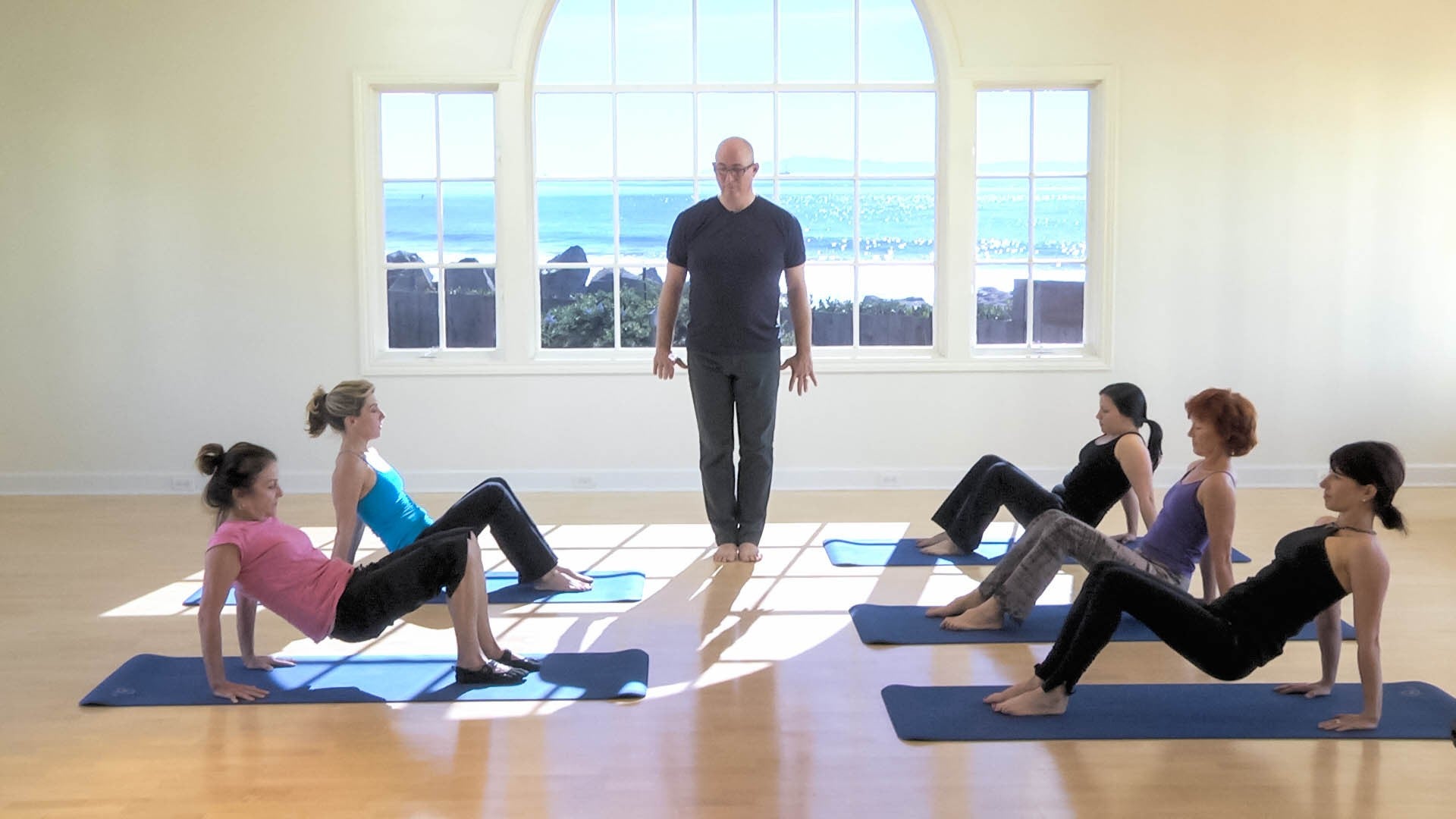
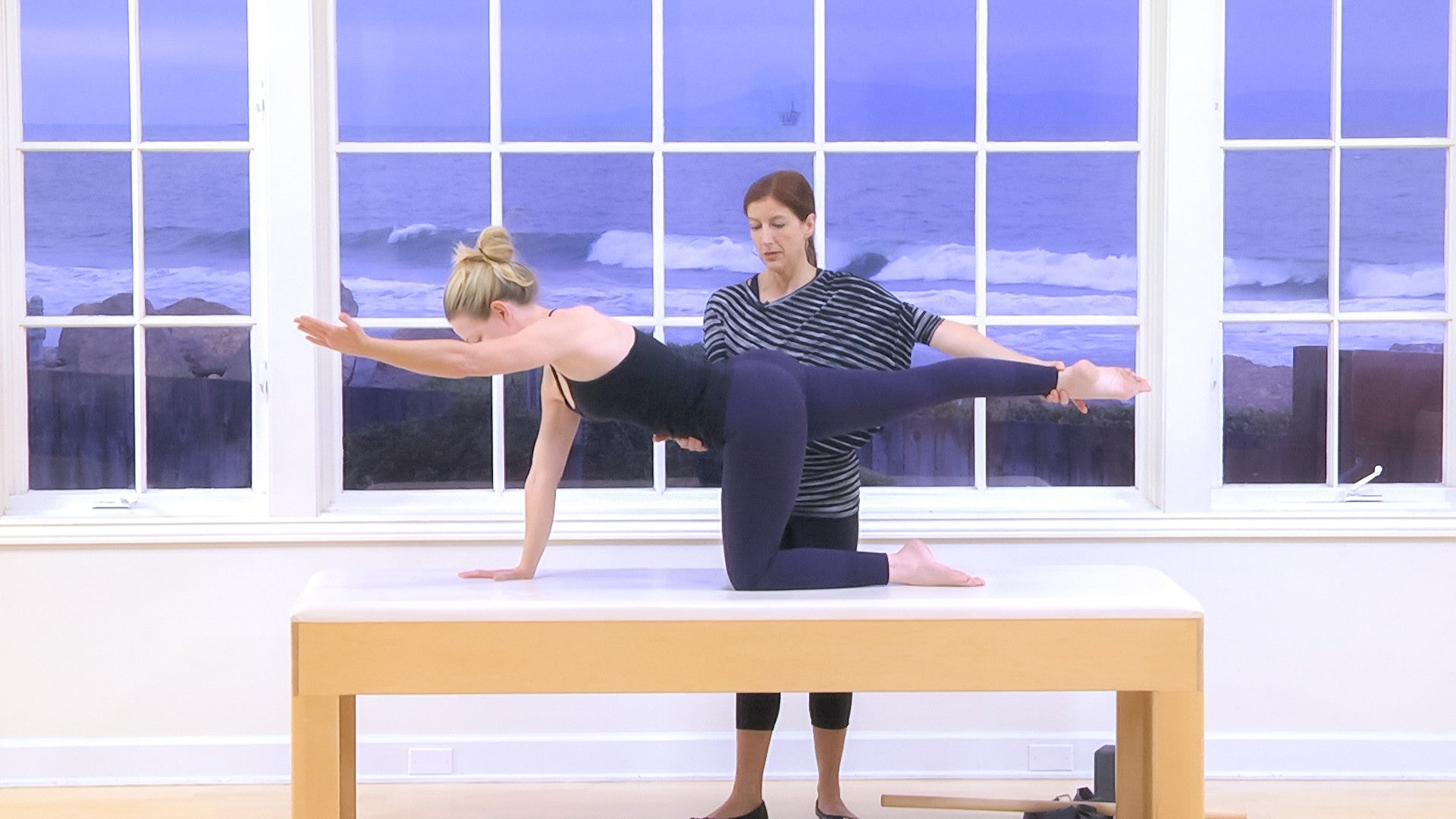
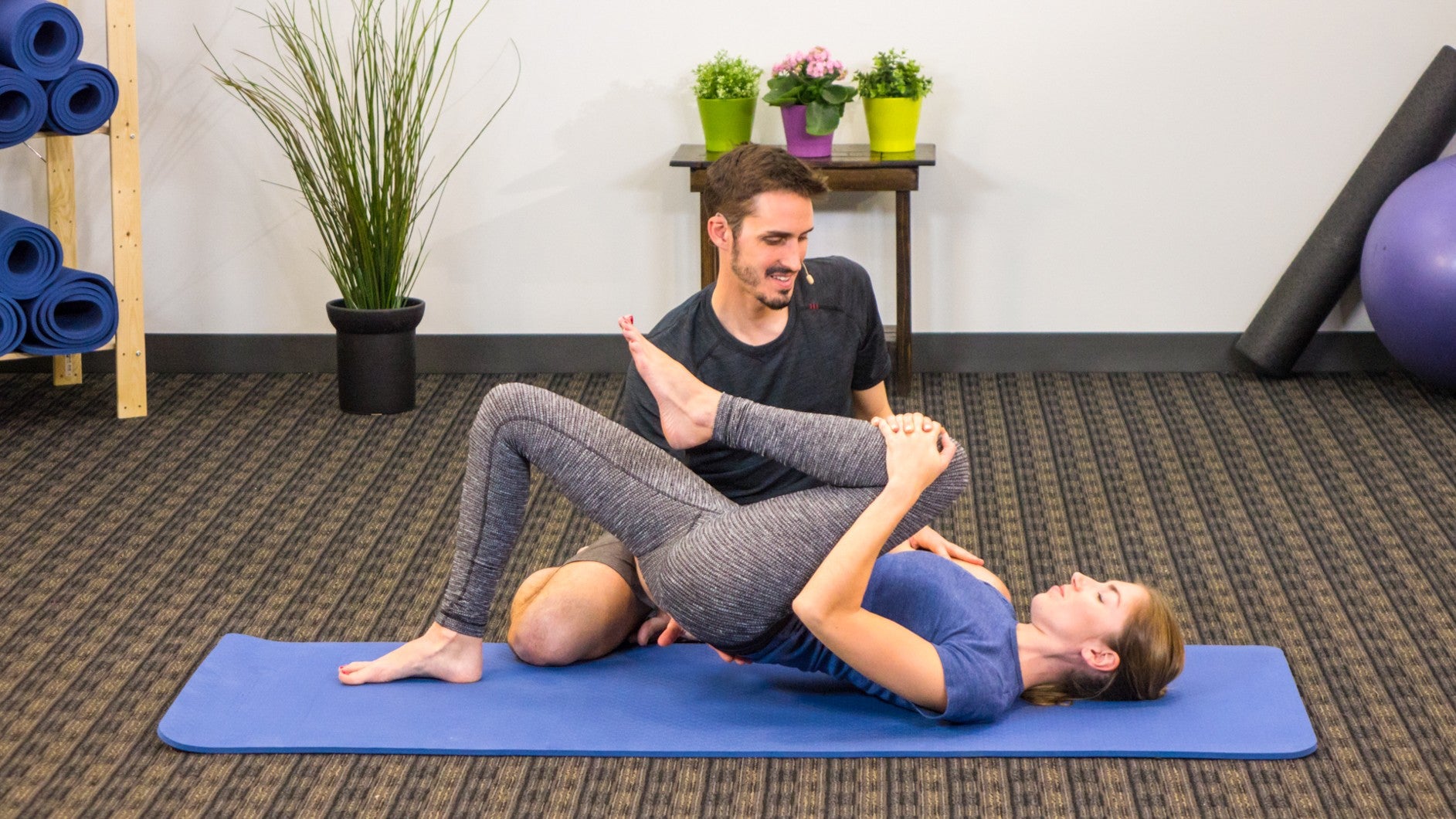
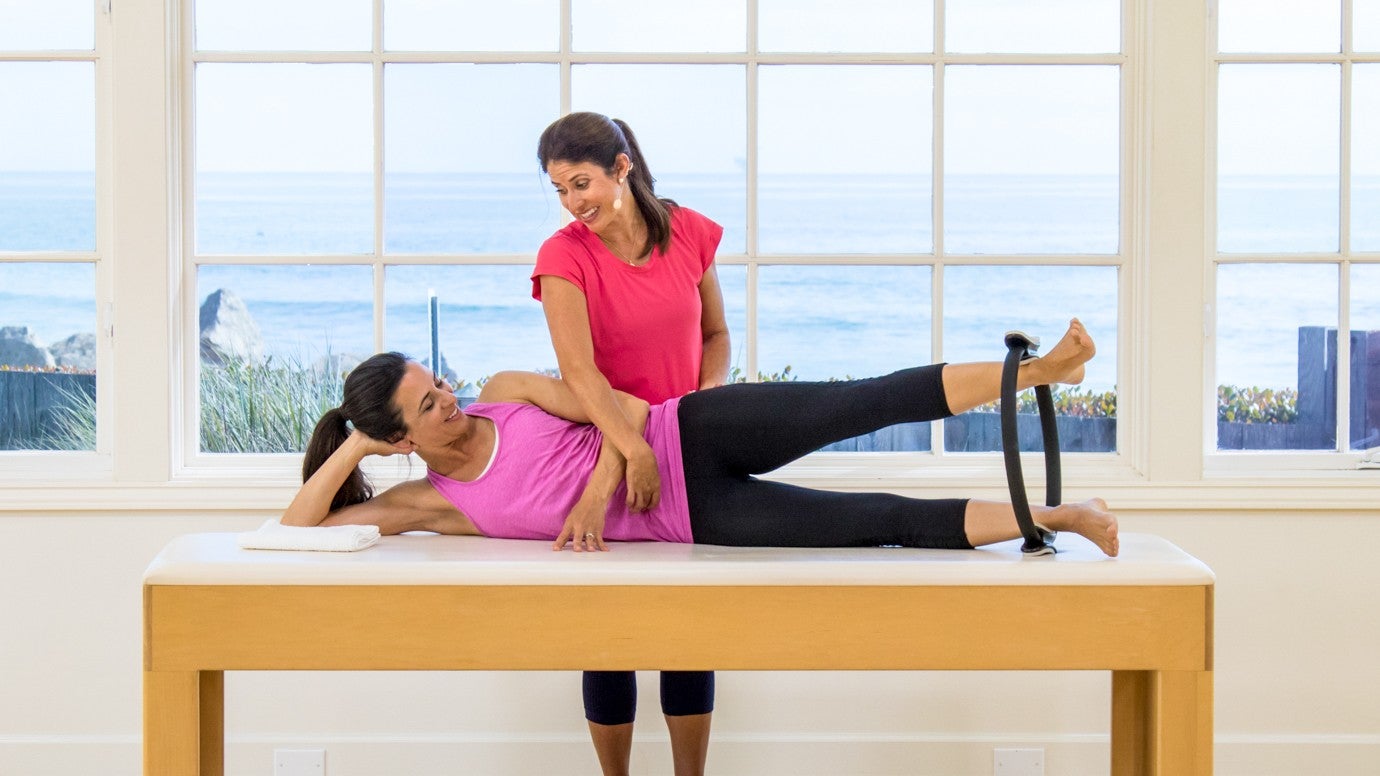
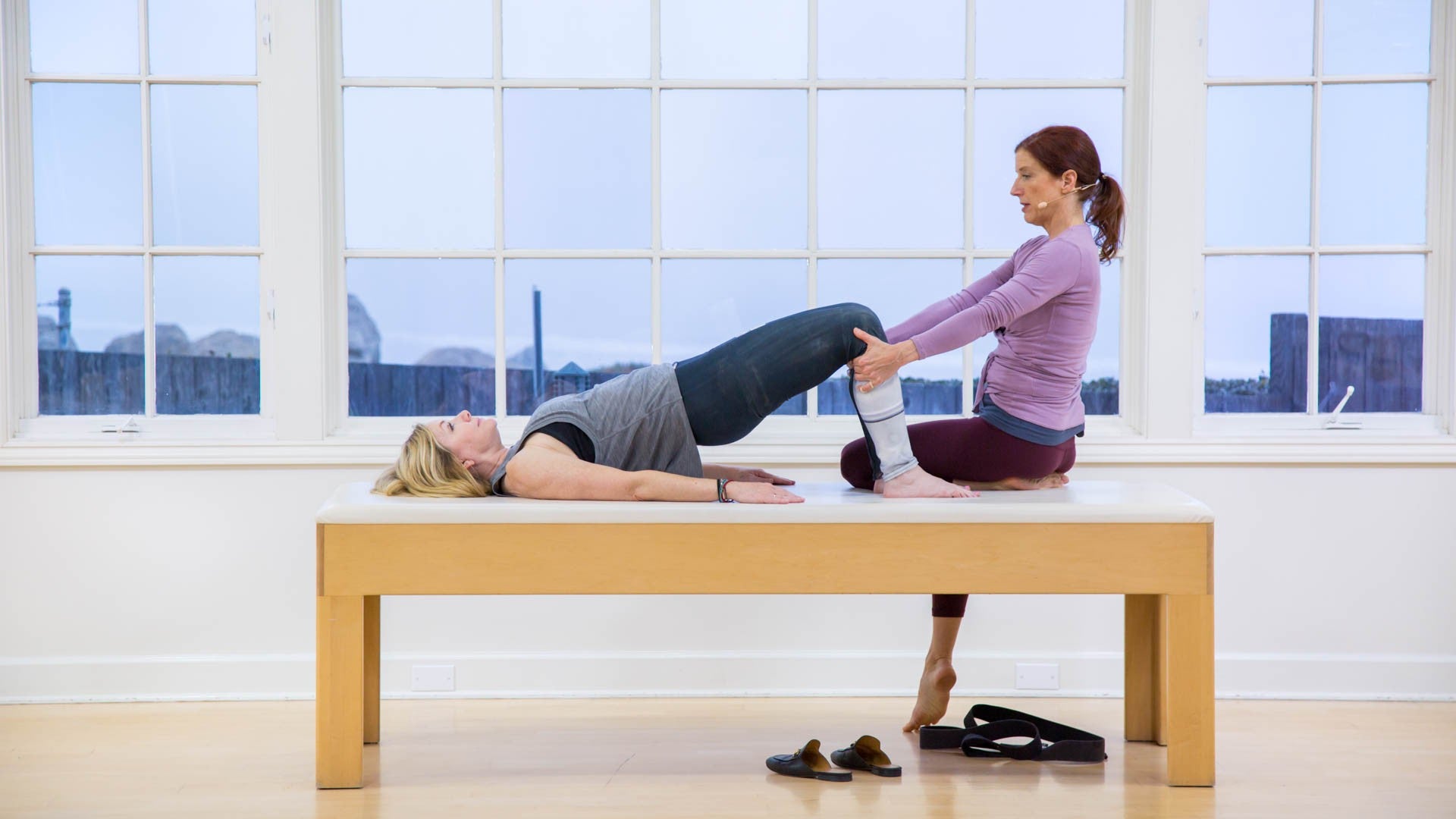




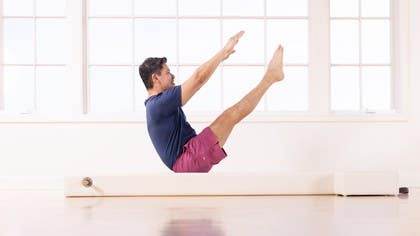








You need to be a subscriber to post a comment.
Please Log In or Create an Account to start your free trial.